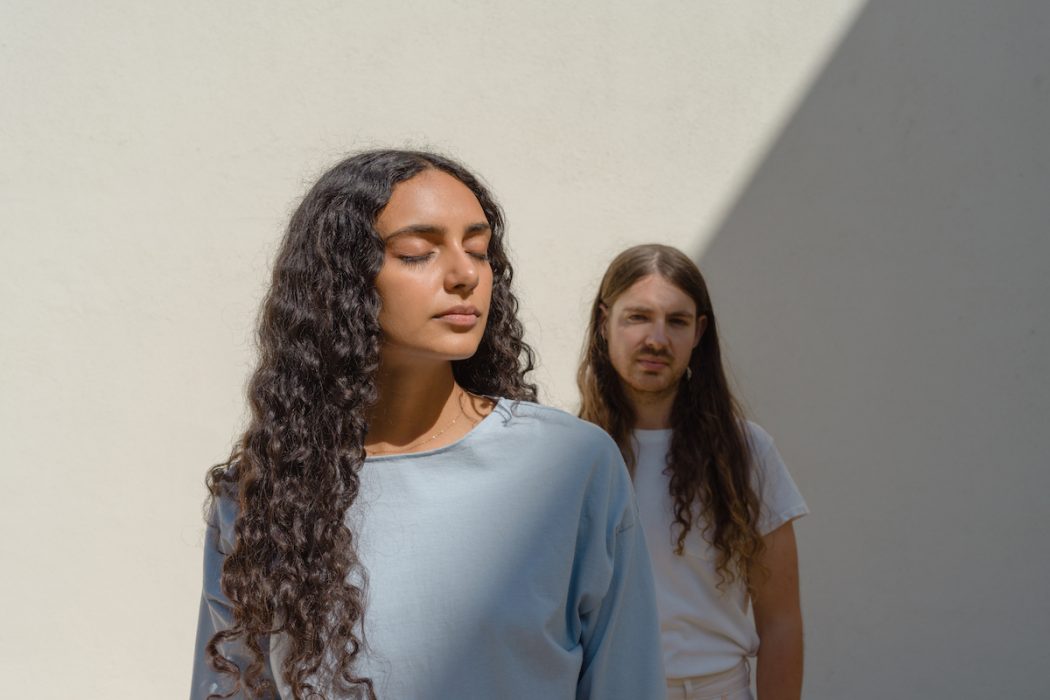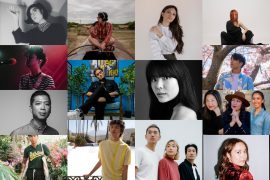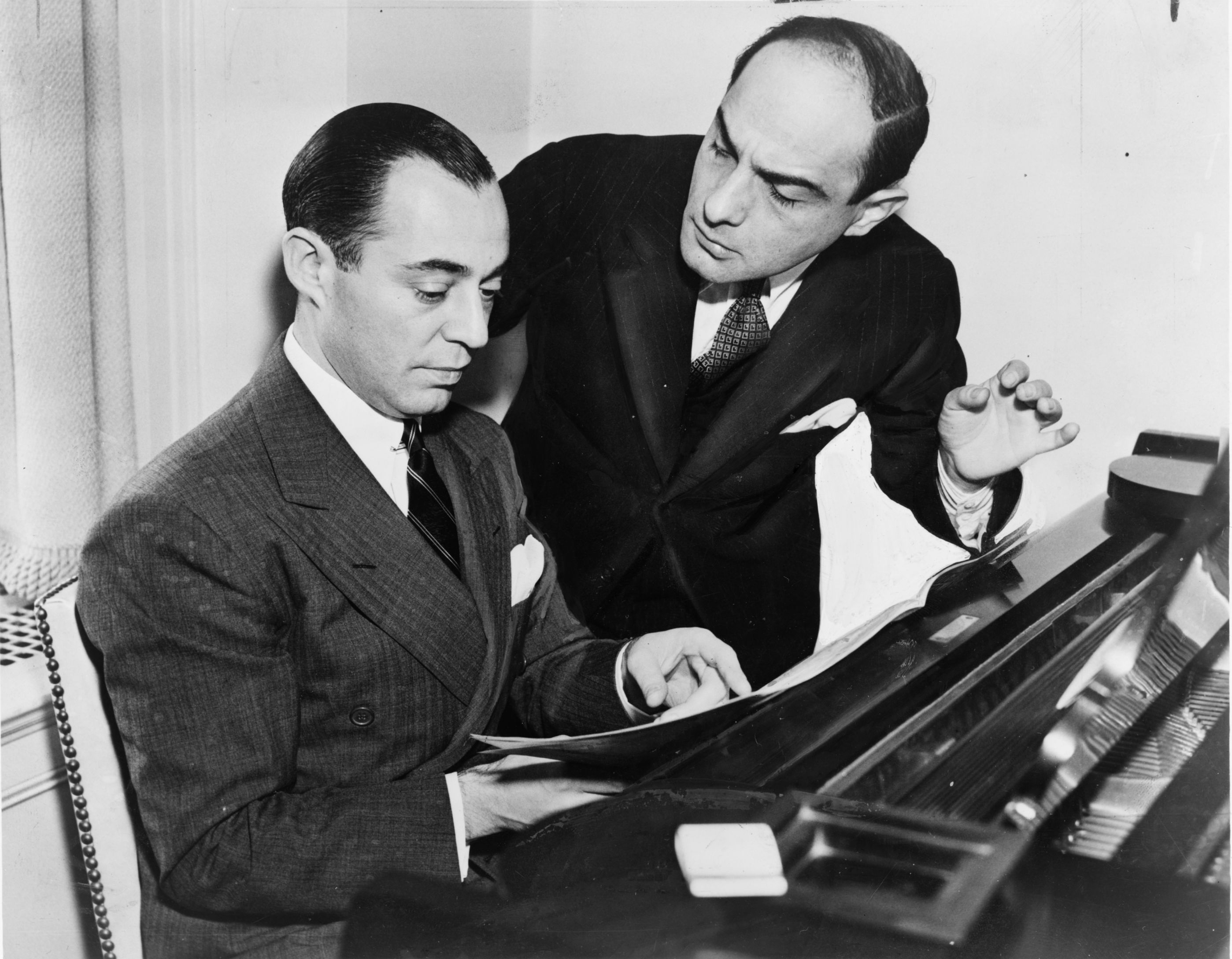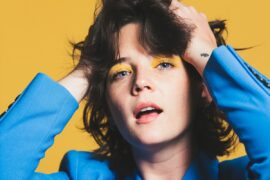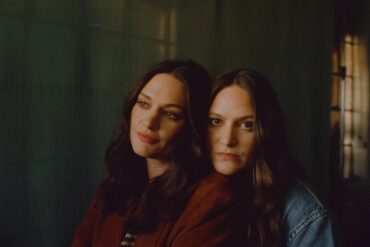Today, Junaco’s Shahana Jaffer shares her essay “Imaginary Lines” on how her South Asian heritage and culture influence her music.
•• ••
Imaginary Lines
by Shahana Jaffer

It’s a warm summer day in 2004, I’m singing along to the piano accompaniment of Avril Lavigne’s “Complicated” on my Casio keyboard. It has a play-along setting to help learn how to play the part, but I only used it as karaoke to sing along to. Between my angsty belting, “why’d you have to go and make things so complicated?” I get called outside to help my dad clean up the backyard for a barbecue. He’s blasting his favorite songs by Atif Aslam, a Pakistani singer most known for his hits in Bollywood movies. Growing up, we would watch a Bollywood movie almost every other week. Either at home, or with friends and family at the Indian movie theater in Artesia. Bollywood movies are basically musicals – the main characters break out in song almost every 20 minutes. Those songs are the soundtrack of my childhood and youth as much as Avril Lavigne is.
Indian & Pakistani culture is very musical, very ‘filmy.’ My fondest memories with my family are centered around music. Whether it’s us dancing for hours at a family wedding, singing our favorite Bollywood songs at the top of our lungs in the car on a road trip, or even Sunday mornings making breakfast – there’s always music on. Any family gathering – us cousins would put on a talent show, any birthday – someone would sing a song, someone would perform a dance.

Being raised as a first generation American to Pakistani immigrant parents came with its own set of rules (guidelines/struggles/qualms?). Or as I learned to accept, there were none. I tried my hardest to hide my brownness in school, making my lunch look as normal as possible to avoid the dreaded ‘what’s that?” At the same time, even though I would have rather been anywhere else, I felt so much relief just being myself at Saturday religious school, being in an environment where i didn’t have to worry about all the things that made me stand out everywhere else. I could really just be myself in that space, and without that it would have probably taken me a much longer time to arrive into myself.
Lately, through therapy and self reflection, I have been working on finding balance between the two worlds I’ve straddled for as long as I can remember. I’ve spent my life feeling like there are two versions of myself, one for each world. Not really feeling like either are really ‘me.’ It wasn’t until recently that I began to accept that I am the sum of all of these things – not only a first generation American, not only the daughter of Pakistani immigrants – I’m everything in between.
It’s strange navigating these experiences in the current climate, where the intention – to be more inclusive and aware – may be right, but the result is tokenism, and artists’ work is reduced to their race. I still struggle with finding that line, making sure that I am working to be at peace with myself, regardless of what society now says is cool or not. My hopes are high though, because we are beginning to have these honest conversations. Thirteen year old me didn’t have the tools or the language to understand what was really happening, and it wasn’t until many years later did I realize how much it affected me.
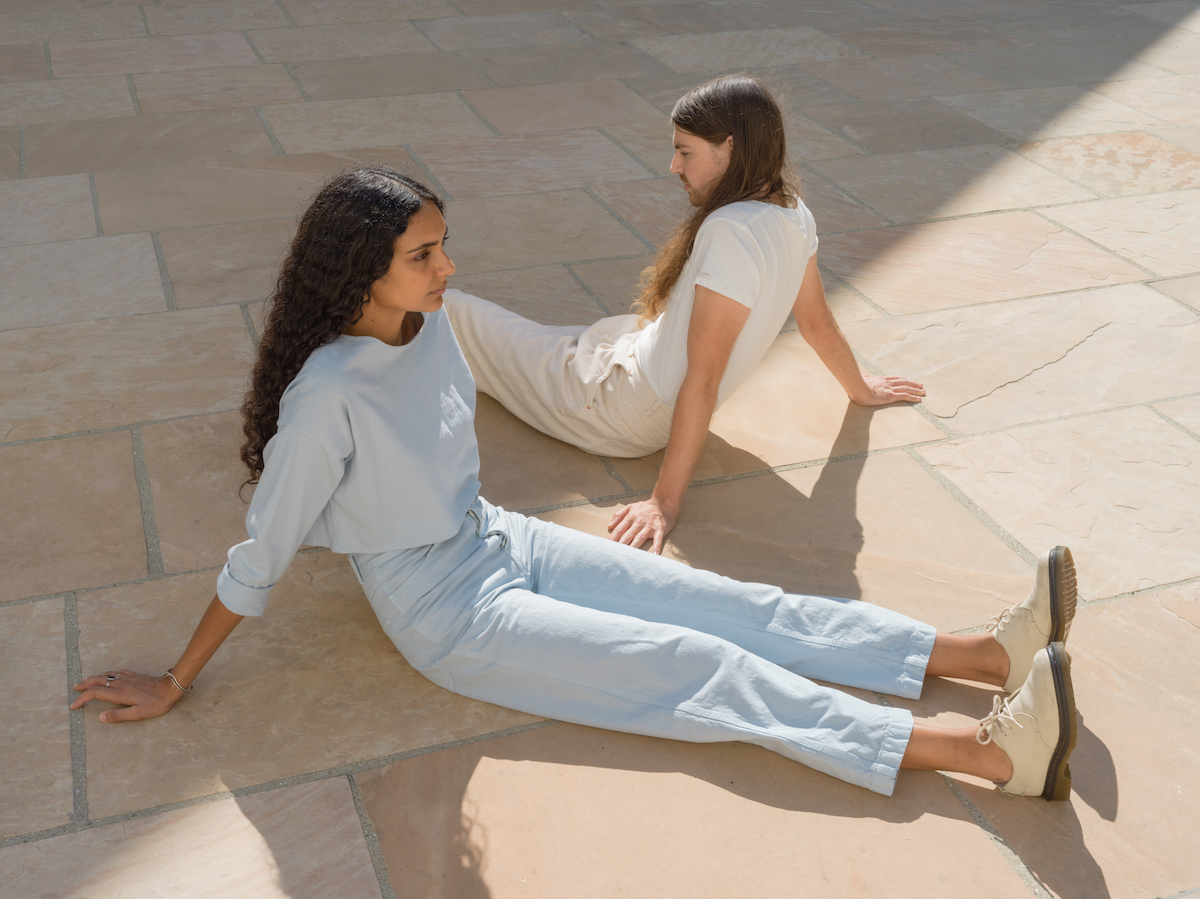
The duality comes in waves. Some days I feel like myself, I feel like the sum of everything that makes me me. Other days I feel paralyzed by the feeling that inevitably comes back, making me feel like I don’t belong in either world. The work is dealing with that feeling, rather than wishing it away. The moments I find myself trying to hide my brownness are getting less and less. I actively am trying to share more about myself when the opportunities present themselves, rather than being silent. I am beginning to feel more proud of everything I am, everything I’ve come from has made me who I am.
The magical thing in music & art is that it can be anonymous. The artist can be separated from their art. The relief I’ve found in writing and creating is that I don’t have to explain myself, I don’t have to explain my background. Maybe that’s what drew me to pursuing art – that it’s boundless, vast, connecting, all at once. As a teenager, I felt so connected to The Beatles, I cried when I first heard ‘Because.’ I felt that song in my entire being and I had no explanation for it. I discovered and became obsessed with indie bands like Daughter and Wild Child. And though I didn’t see myself in them (that wasn’t even a thought), I felt what they created and it made an enormous impact on me. I felt so moved that I had a deep connection to words that a stranger had written. A stranger that had nothing but that feeling in common with me. To me, that’s what makes art important – that it can remind us that we’re all human, experiencing this life together. My hope is that we are working towards a world where we really all see each other – what we create, what we believe, what we dream – because that’s what makes us who we are.
I feel a responsibility to be myself, to be loud about my story and who I am so that young kids might not feel discouraged when they don’t feel represented in the things they want to do. So that it doesn’t feel like a crazy dream to pursue art as a career and, for entire communities – for my community – to feel like there truly are endless possibilities to express yourself.
— —
Stream: “Dazed” – Junaco
— — — —

Connect to Junaco on
Facebook, Twitter, Instagram
Discover new music on Atwood Magazine
? © Nicole Mason
:: Stream Junaco ::

